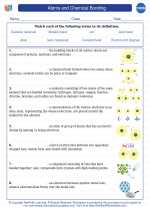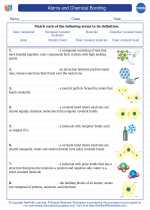Understanding Orographic Rain
When moist air encounters a mountain range, it is forced to ascend. As it rises, the air cools adiabatically at the dry adiabatic lapse rate (approximately 10°C per 1000 meters). When the air reaches its dew point temperature, condensation occurs, leading to cloud formation and eventually precipitation. This process is known as orographic lifting, and the resulting rain is called orographic rain.
Factors Affecting Orographic Rainfall
- Windward Side: Orographic rain occurs on the windward (upwind) side of the mountain, where the air is forced to rise.
- Leeward Side: The leeward (downwind) side of the mountain experiences a rain shadow effect, where the descending air is drier, leading to arid conditions.
- Moisture Source: The amount of precipitation depends on the moisture content of the air and the length of the mountain barrier.
- Mountain Height: Higher mountains are more effective at producing orographic rain as they force the air to rise over a greater distance.
Effects of Orographic Rain
Orographic rain plays a vital role in shaping the landscape and ecosystems. It contributes to the replenishment of groundwater, supports diverse flora and fauna, and influences the distribution of vegetation. Additionally, orographic rain can lead to soil erosion and the formation of distinctive landforms such as valleys and canyons.
Human Impact and Agriculture
For agricultural regions near mountainous areas, orographic rain can provide essential water resources for crops and livestock. However, the uneven distribution of precipitation can also pose challenges, as the leeward side may experience drought conditions. Understanding the patterns of orographic rain is crucial for effective water management and agricultural planning in these areas.
.◂Chemistry Worksheets and Study Guides High School. Atoms and Chemical Bonding

 Worksheet/Answer key
Worksheet/Answer key
 Worksheet/Answer key
Worksheet/Answer key
 Vocabulary/Answer key
Vocabulary/Answer key
 Vocabulary/Answer key
Vocabulary/Answer key
